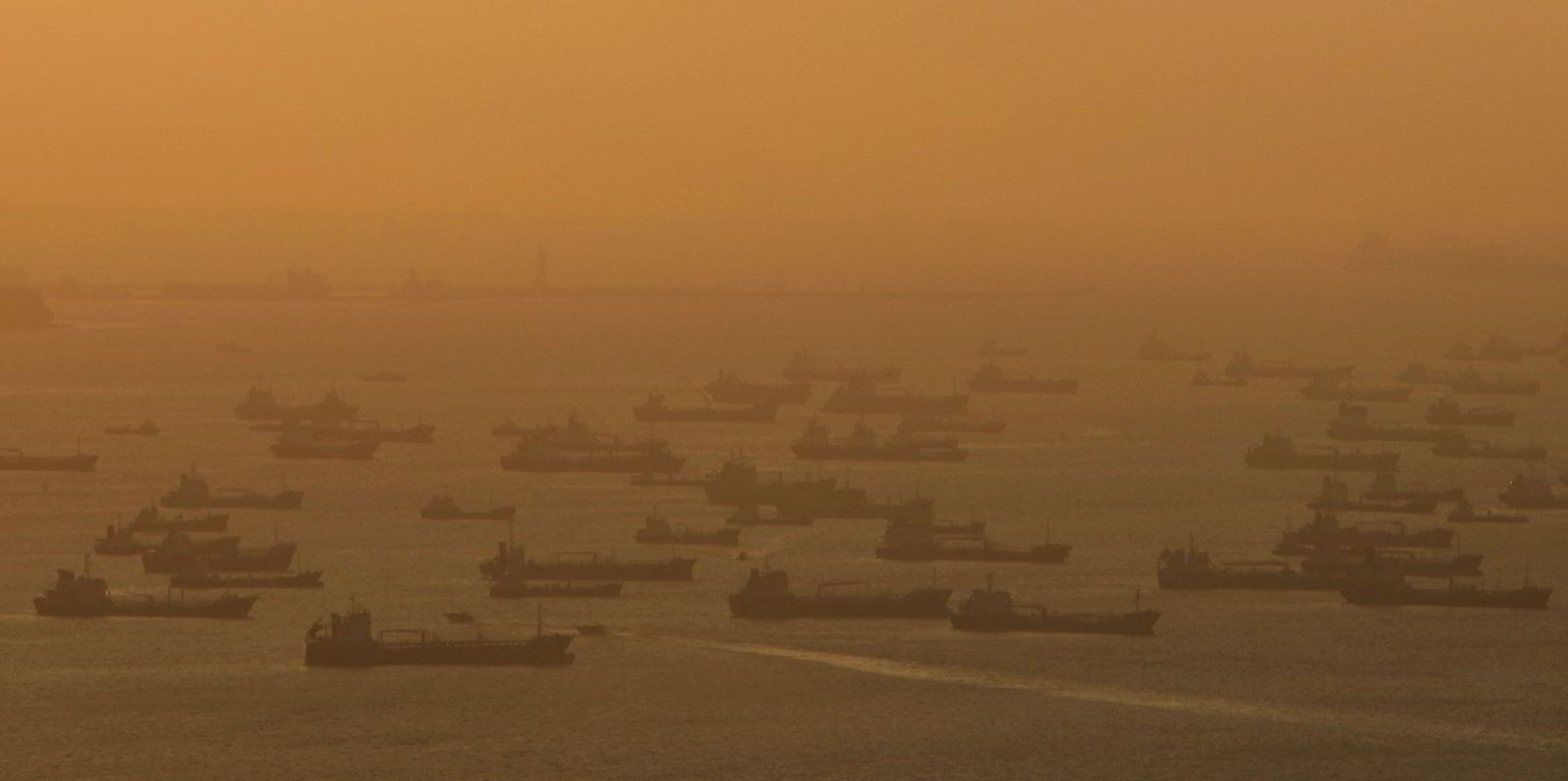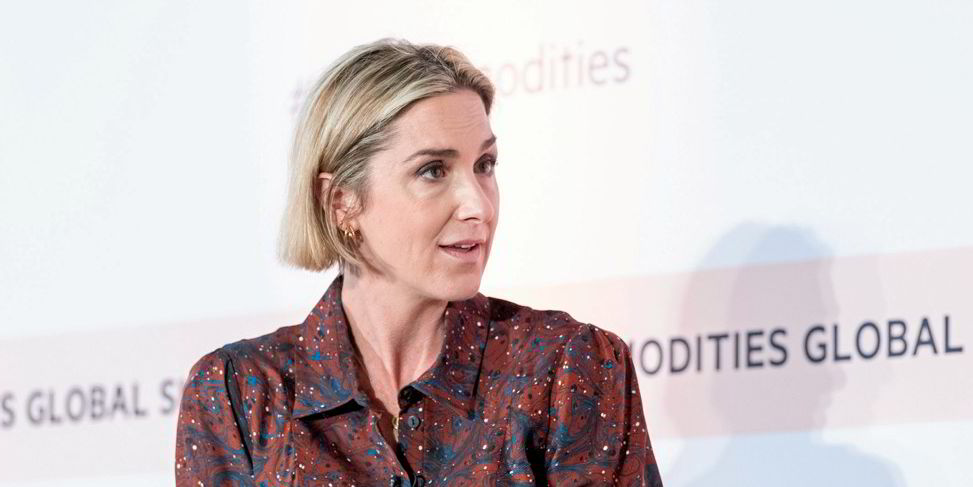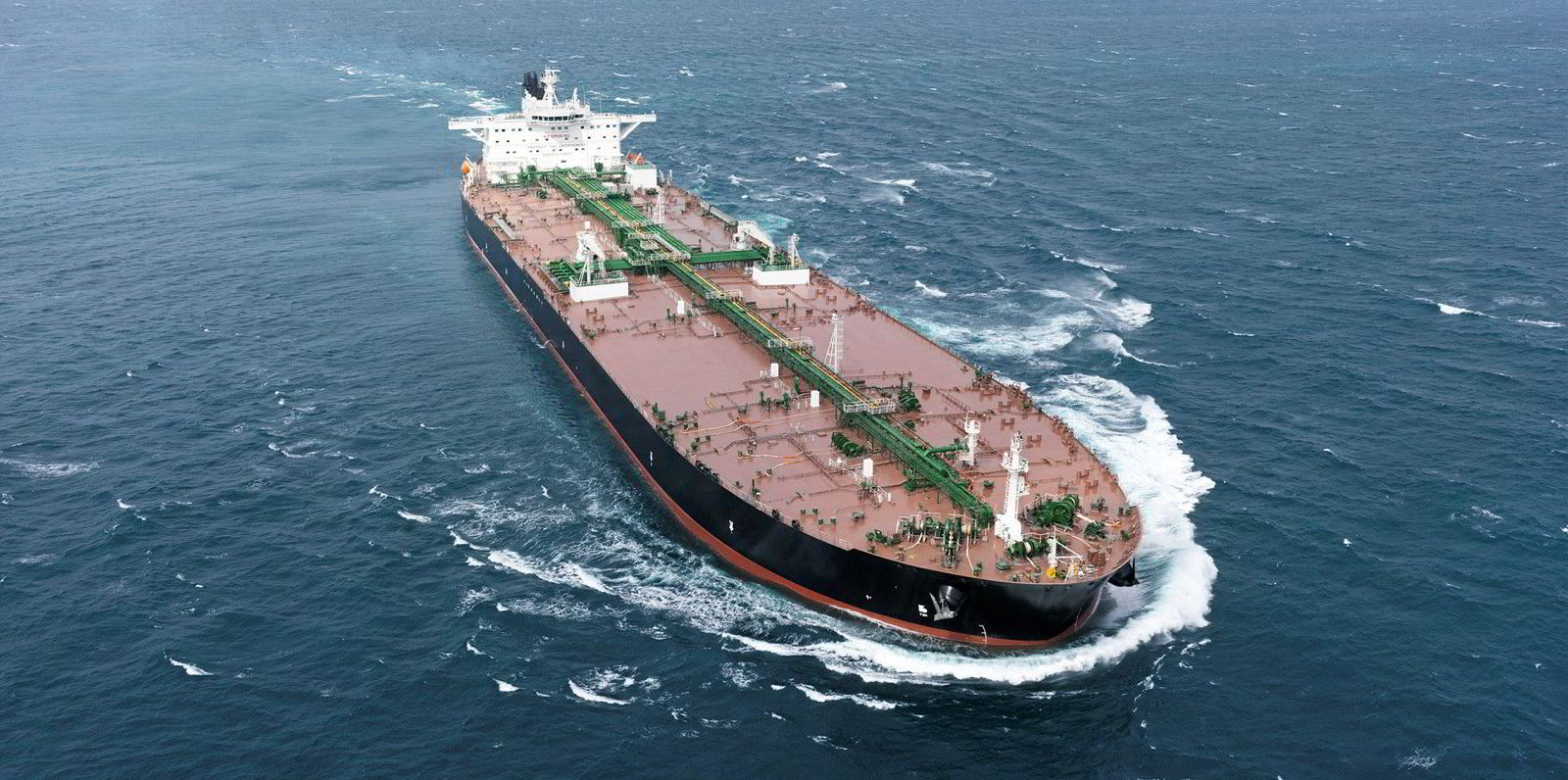Barely two months ago, the Baltic Exchange reported that spot earnings from VLCCs had hit their lowest level on record. Separately, shipbrokers claimed that no newbuilding orders for this size of tanker had been placed in the past 12 months — another record, apparently.
But things are changing fast. Newbuilding prices and secondhand ship values have risen strongly and last week the Baltic announced that its time charter rate equivalent index rose above zero for the first time in more than a year-and-a-half.
At the end of June, there was a sudden spike in spot rates around the Middle East loading areas for more environmentally friendly VLCCs — up 24% in one day, according to Clarksons Platou Securities.
There was another sharp rise in mid-July with rates up 50% one day, and Gibson Shipbrokers talked about this helping create a new “steady manageable (freight rate) incline.”
The jump in freight rates was attributed to a sudden demand for crude in China and Asia due to local shortages.
The big tanker segment is coming back to life and some owners believe it is on the cusp of a really major bounce back.
The big tanker segment is coming back to life and some owners believe it is on the cusp of a really major bounce back
Our Greek market specialist, Harry Papachristou, reports that local shipbrokers are engaged in very brisk sale-and-purchase trades involving VLCCs.
Piraeus-based Allied Research said there was now a “remarkable recovery” and predicted there could be “impressive rates” before the end of the summer, especially as scrapping levels remain low.
So, is this finally a breakthrough for big tankers or just another false dawn? VLCCs used to be seen as the bellwether indicator for the wider tanker market but that has changed since the advent of Covid-19.
Many medium-size and smaller tankers have been enjoying the good times over the past two years, with product tankers just reported by Clarksons to have enjoyed the best June ever.
Earnings for these “clean” vessels remained above $40,000 per day for 12 consecutive weeks, something that has never happened before, according to Clarksons shipping research analyst Rachel Ibbetson.
Shifting trade patterns, as a result of the Russian invasion of Ukraine, and a dislocation of available refineries have been important contributors to providing good times to product tankers.
The Kyiv crisis has also been a major contributor to denting the prospects of VLCCs, which had already been hit badly by the original cut in Opec production targets and then exacerbated by US sanctions on Iran and Venezuela.
Those embargoes have created the infamous “phantom fleets” of large tankers operating below the radar screen with blanked-out call signs — moves that undermined demand for blue-chip owners not prepared to risk US ire and affect ship safety.
The invasion of Ukraine and the Western sanctions against Moscow, followed by new and numerous lockdowns in China, have only further sucked the life out of the long-haul voyages that give VLCCs much of their purpose and profit.
Countries such as India have been taking advantage of their continuing friendly relations with the Kremlin to buy cheaper Russian oil shunned by the West.
This has cut down VLCC shipments to India from the US Gulf and West Africa, while North Sea oil exports that used to be carried by big tankers to China are currently moving by smaller ships to continental Europe.
Good news
But a turnaround in the big tanker market would certainly be good news for John Fredriksen as he continues to wrestle control of Euronav to create a supertanker behemoth with his Frontline fleet.
Analysts at DNB Markets are convinced the bubbling new tanker market has “solid foundations” and they have upgraded to “buy” the shares of Frontline, Euronav, Teekay Tankers and DHT Holdings. DNB estimates VLCCs should be earning more than $41,000 per day next year, rising to $60,000 per day by 2025.
However, Poten & Partners warns that although newbuilding and secondhand values of VLCCs have been rising fast, no one should think that there is another “super-cycle” on the way similar to that of 2004 to 2008.
It has been the war in Ukraine rather than the industrialisation of China that has driven the latest increase, while the current economic global outlook remains uncertain and climate targets are a long-term cloud over the future of oil — and VLCCs. But, for now, there are better times ahead.





